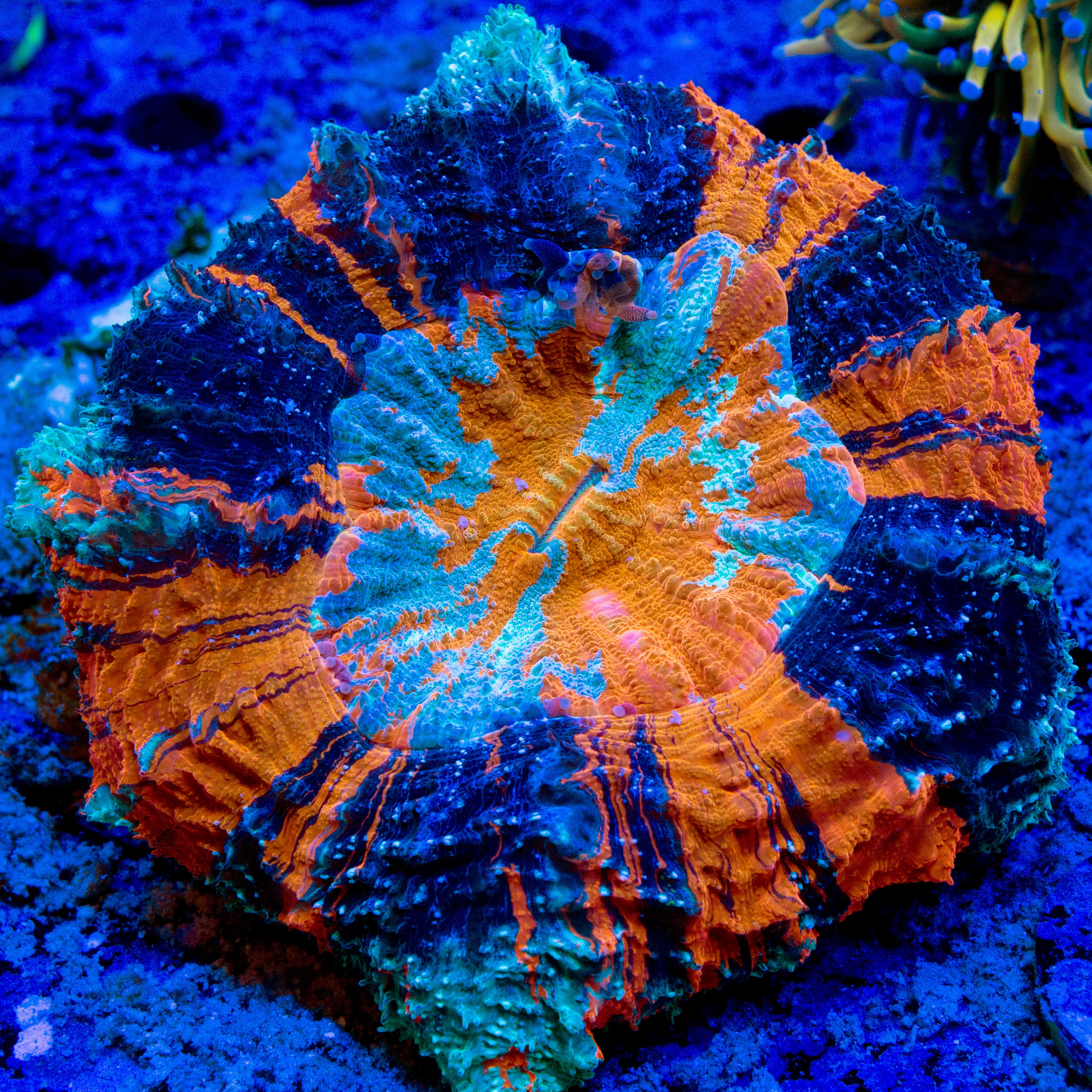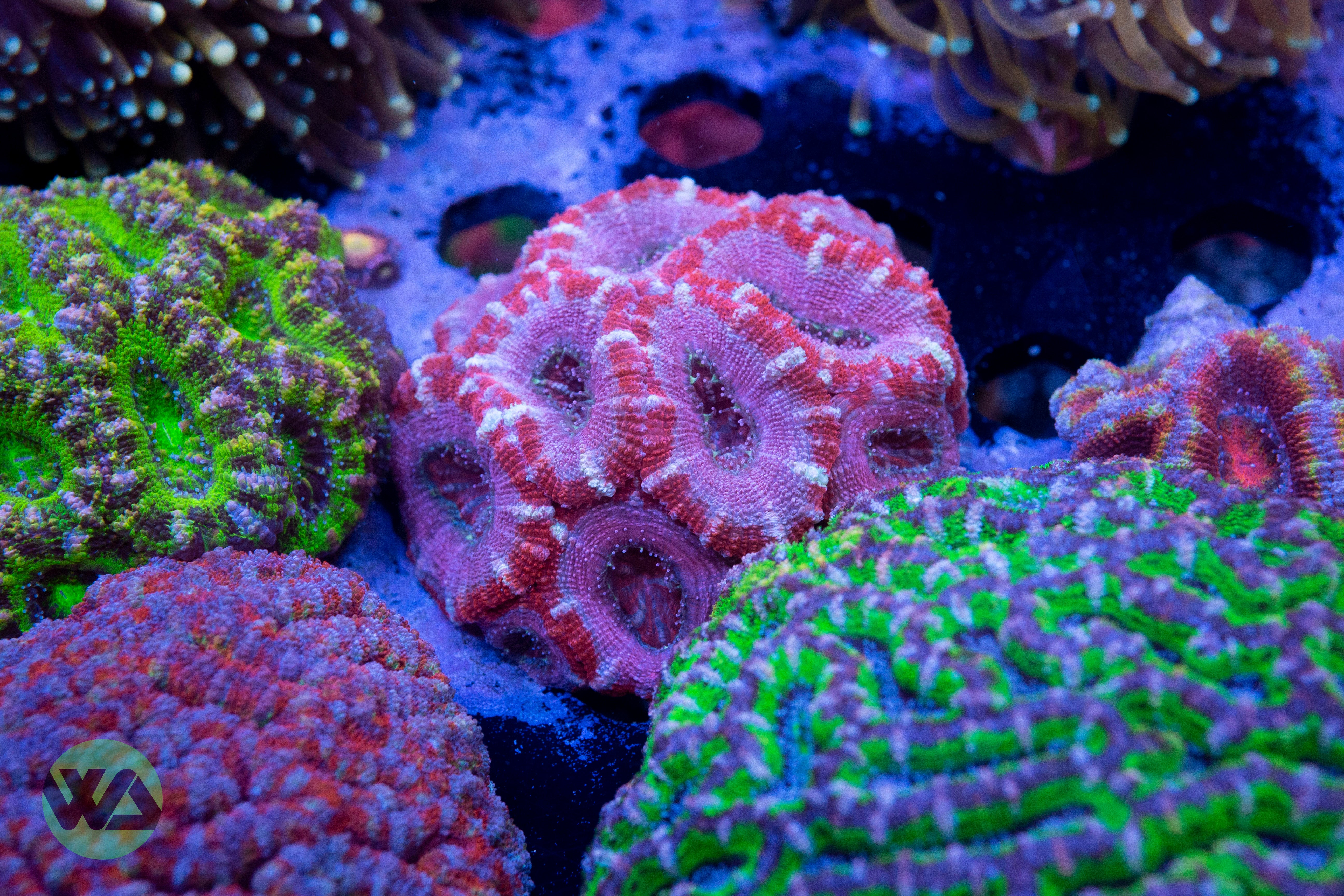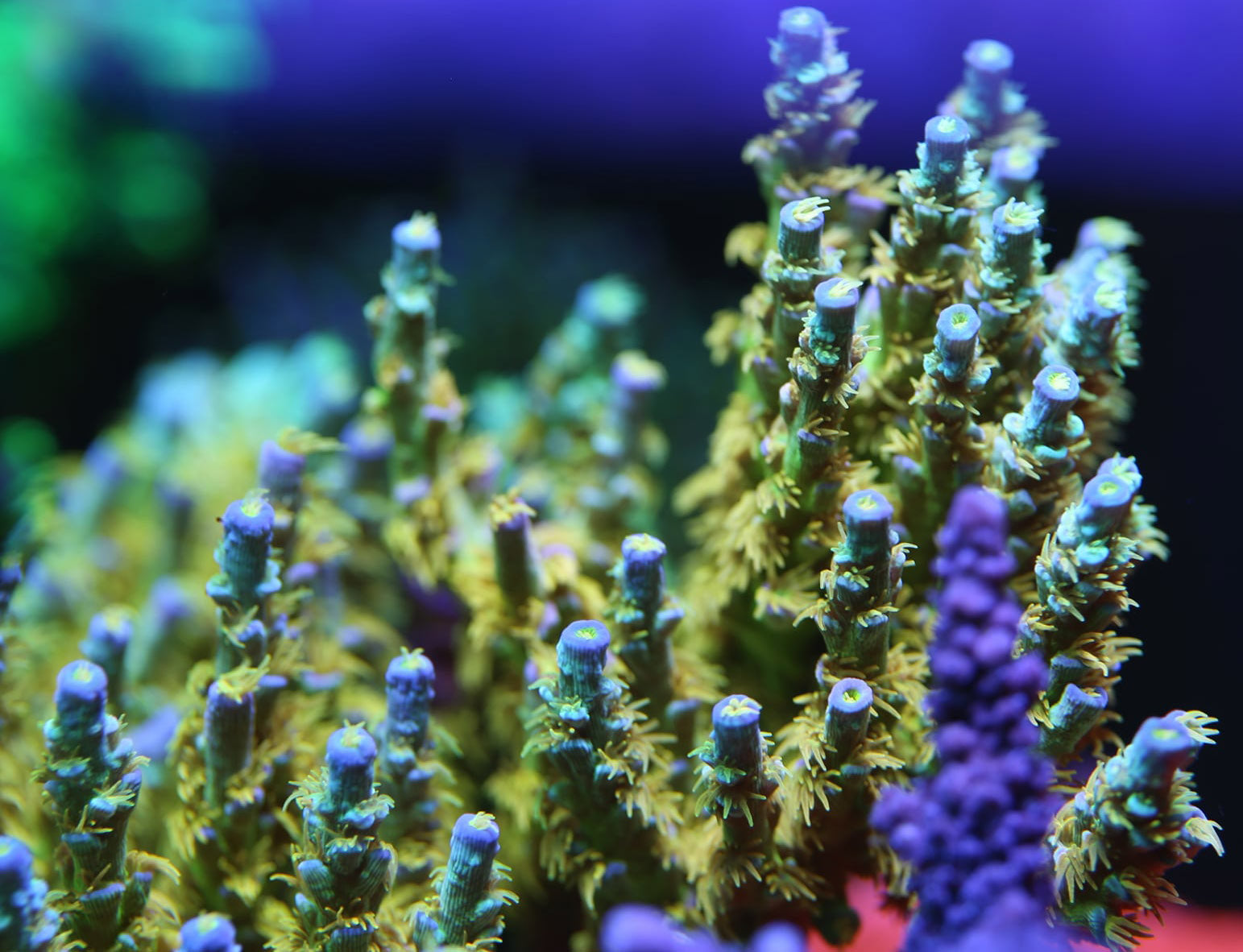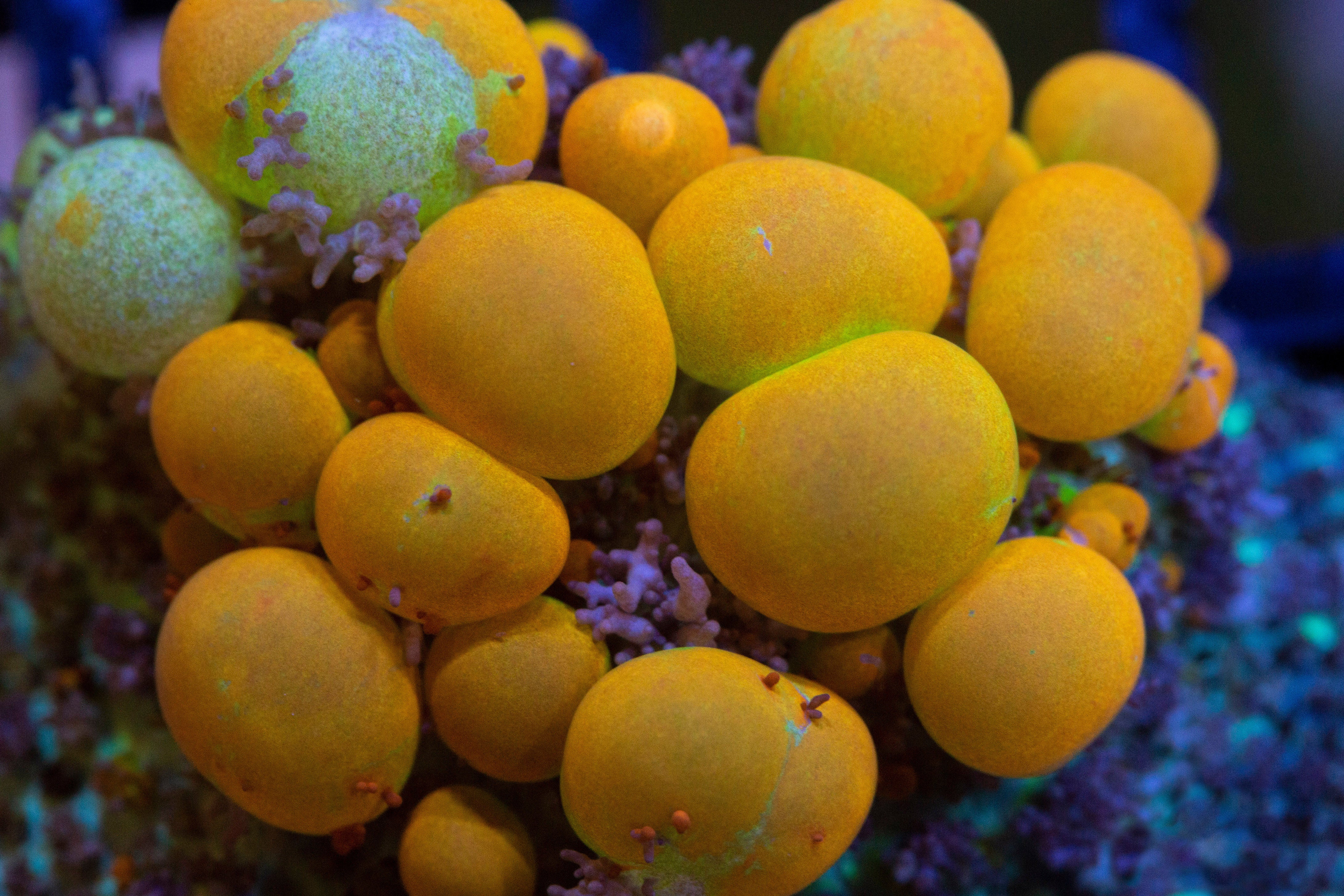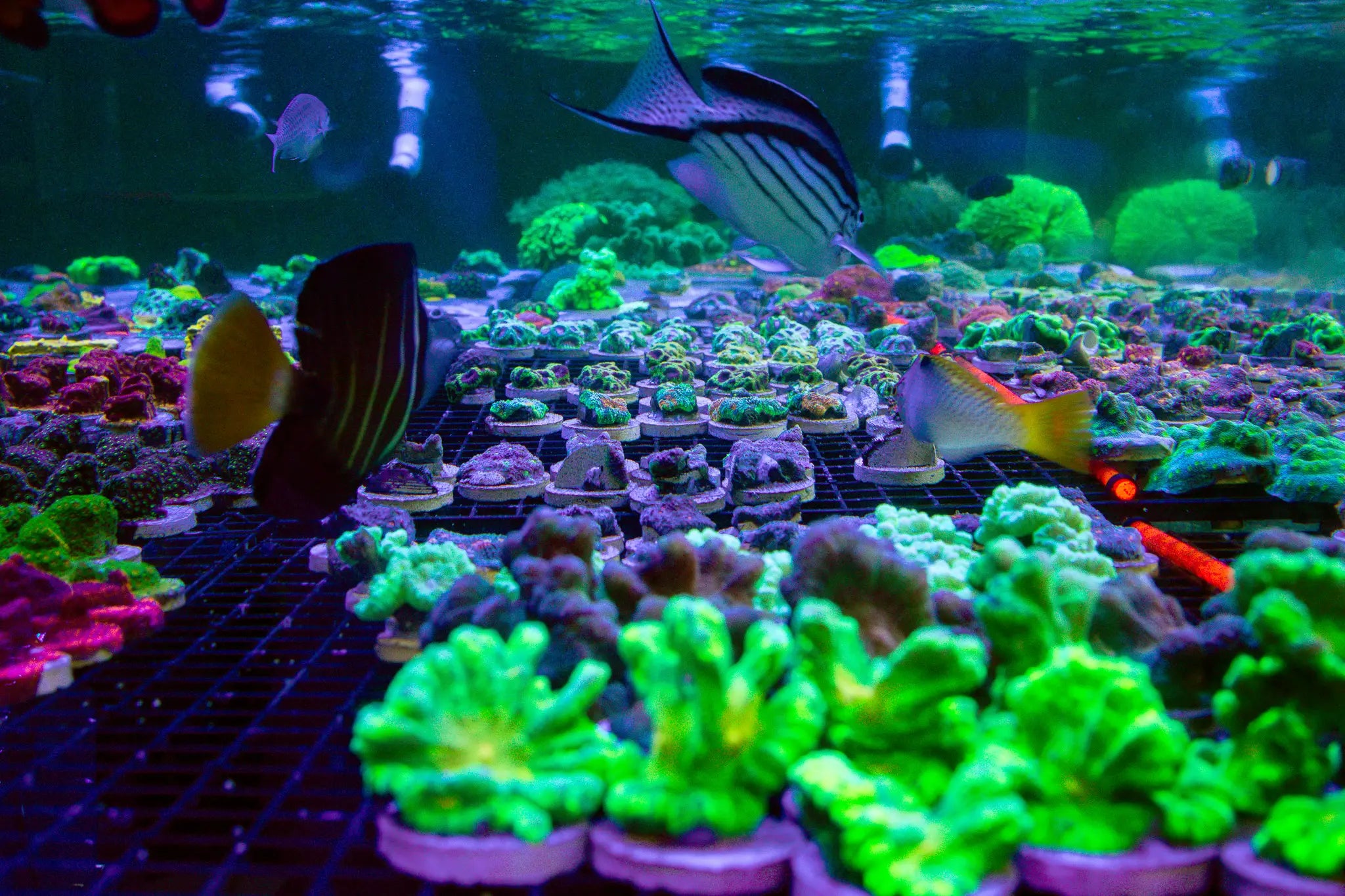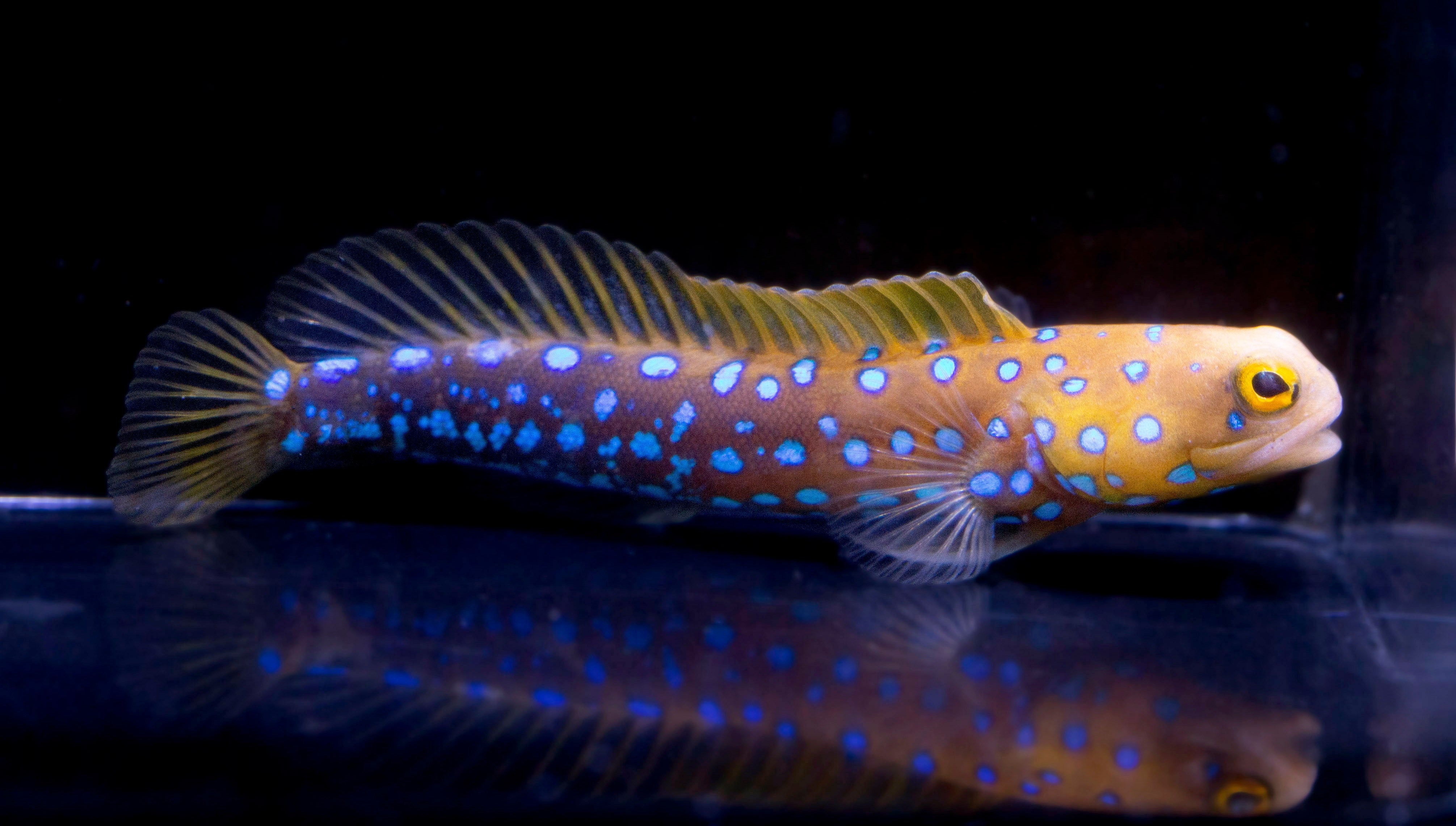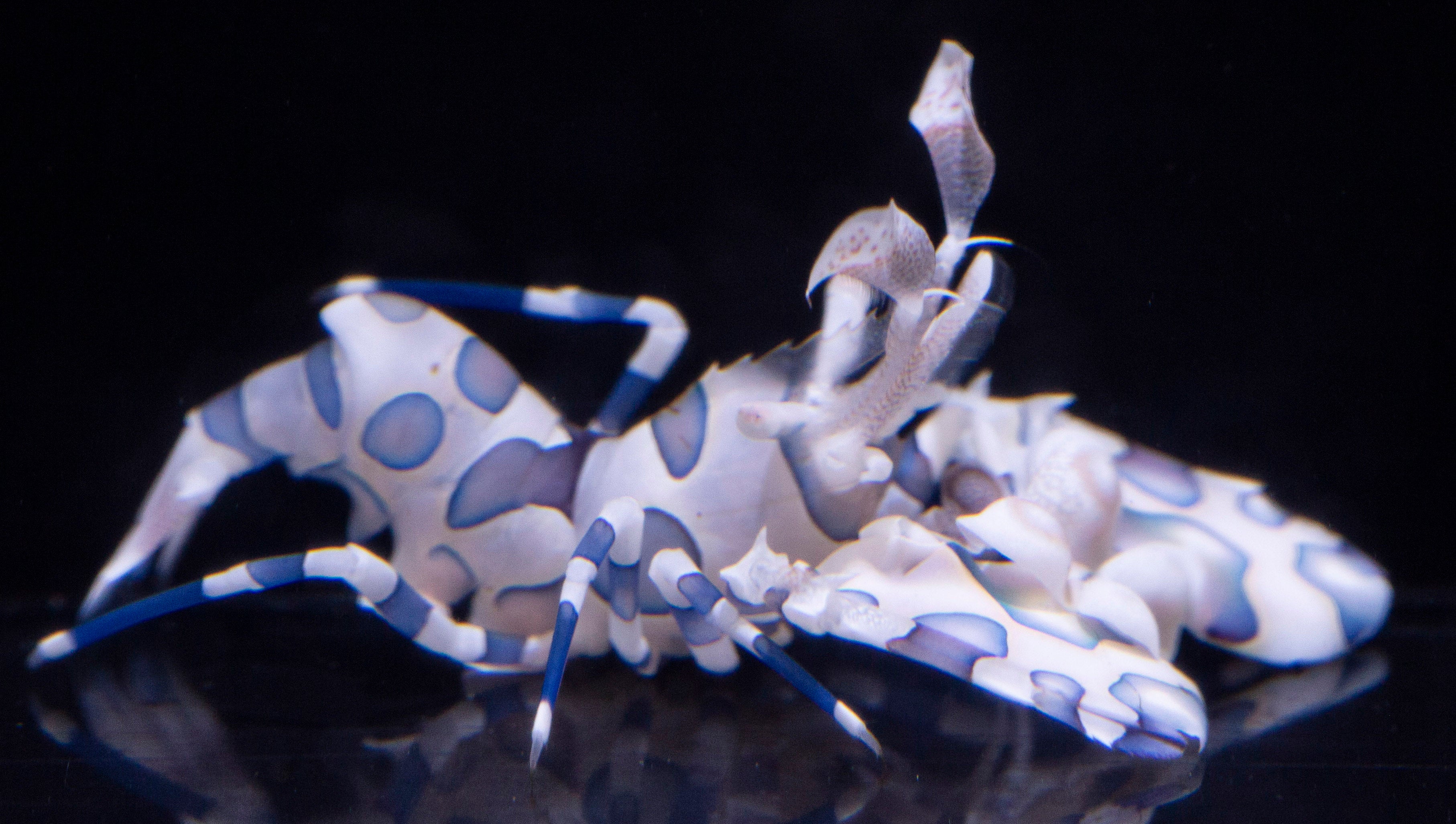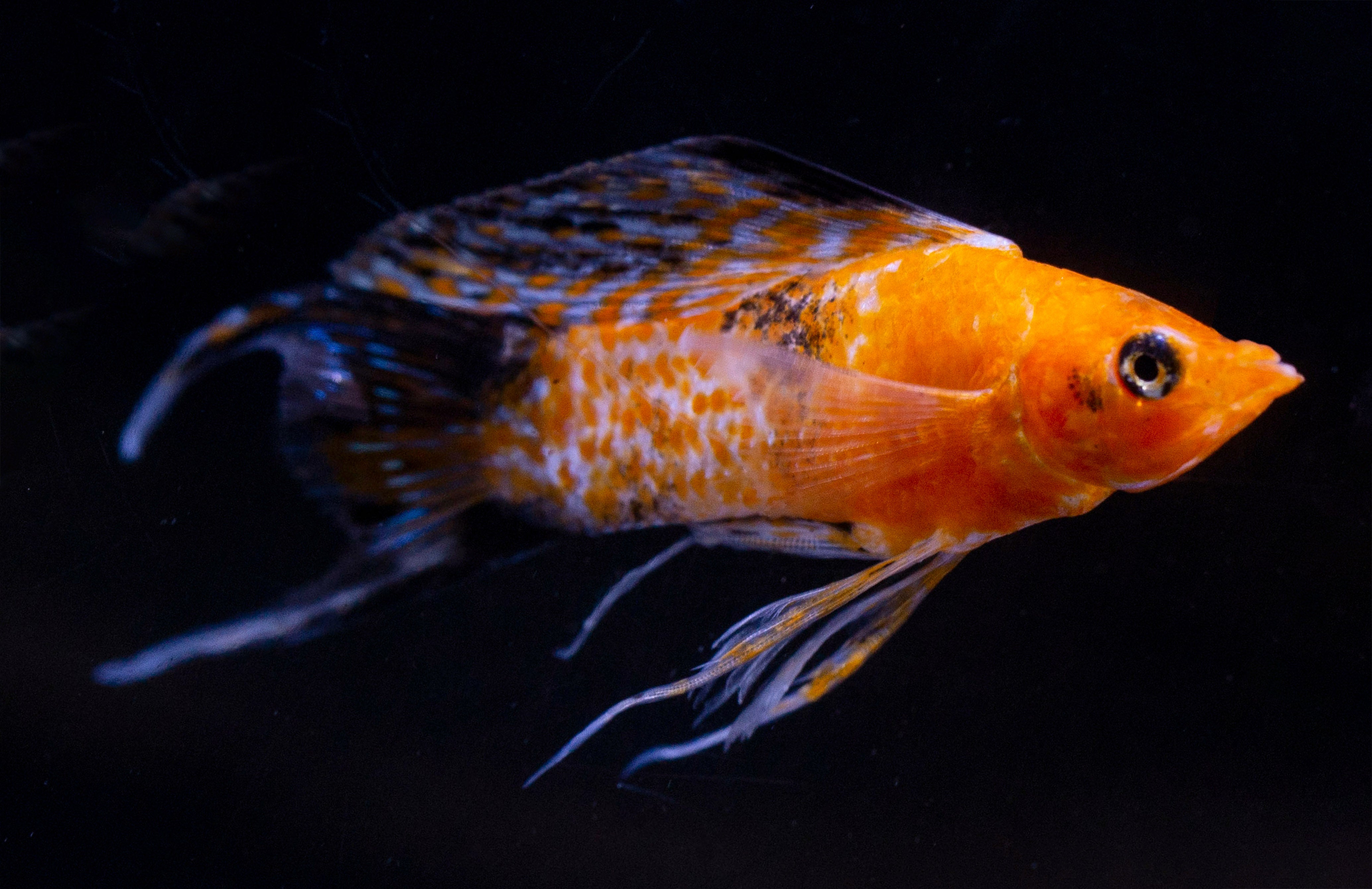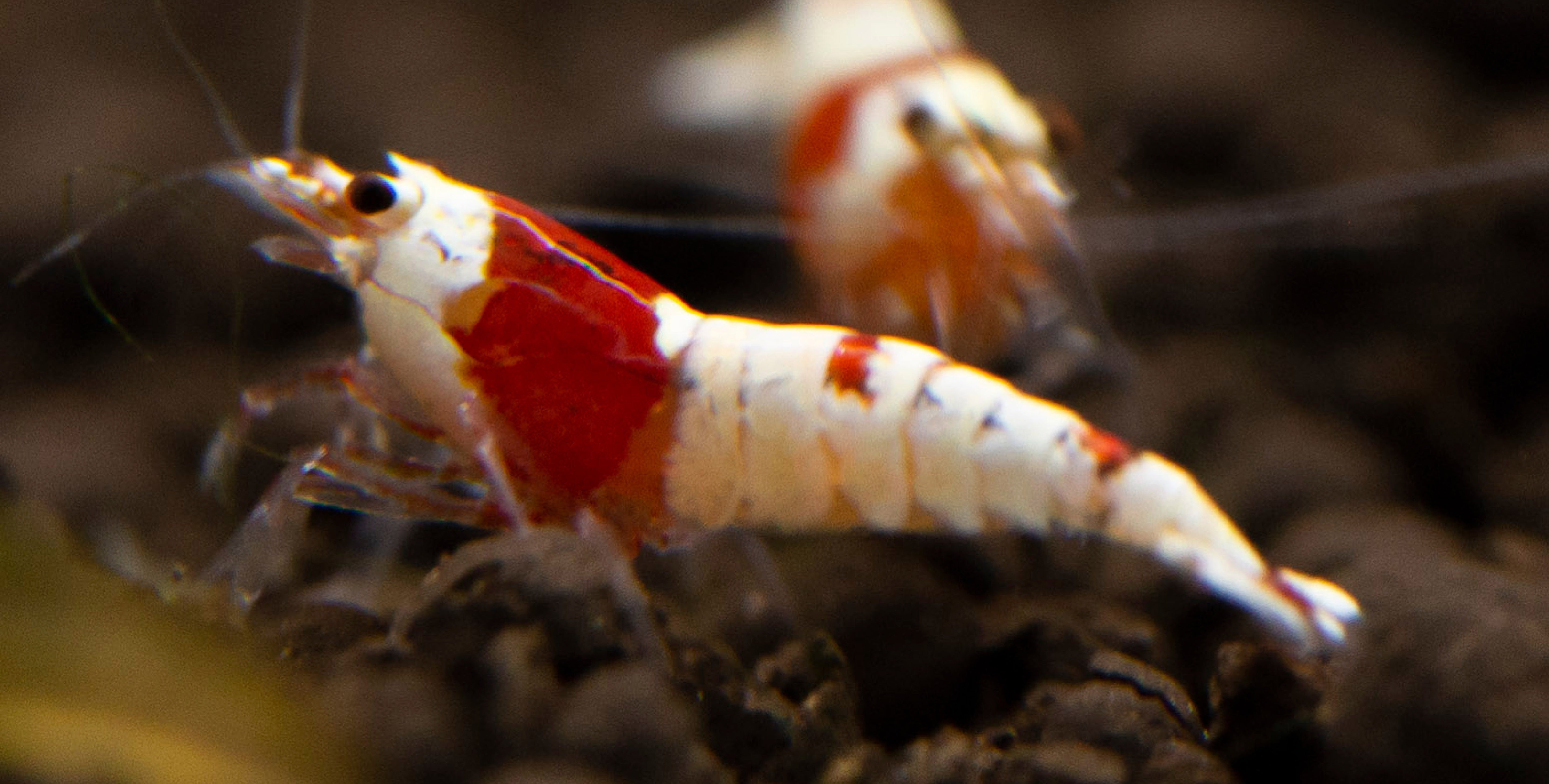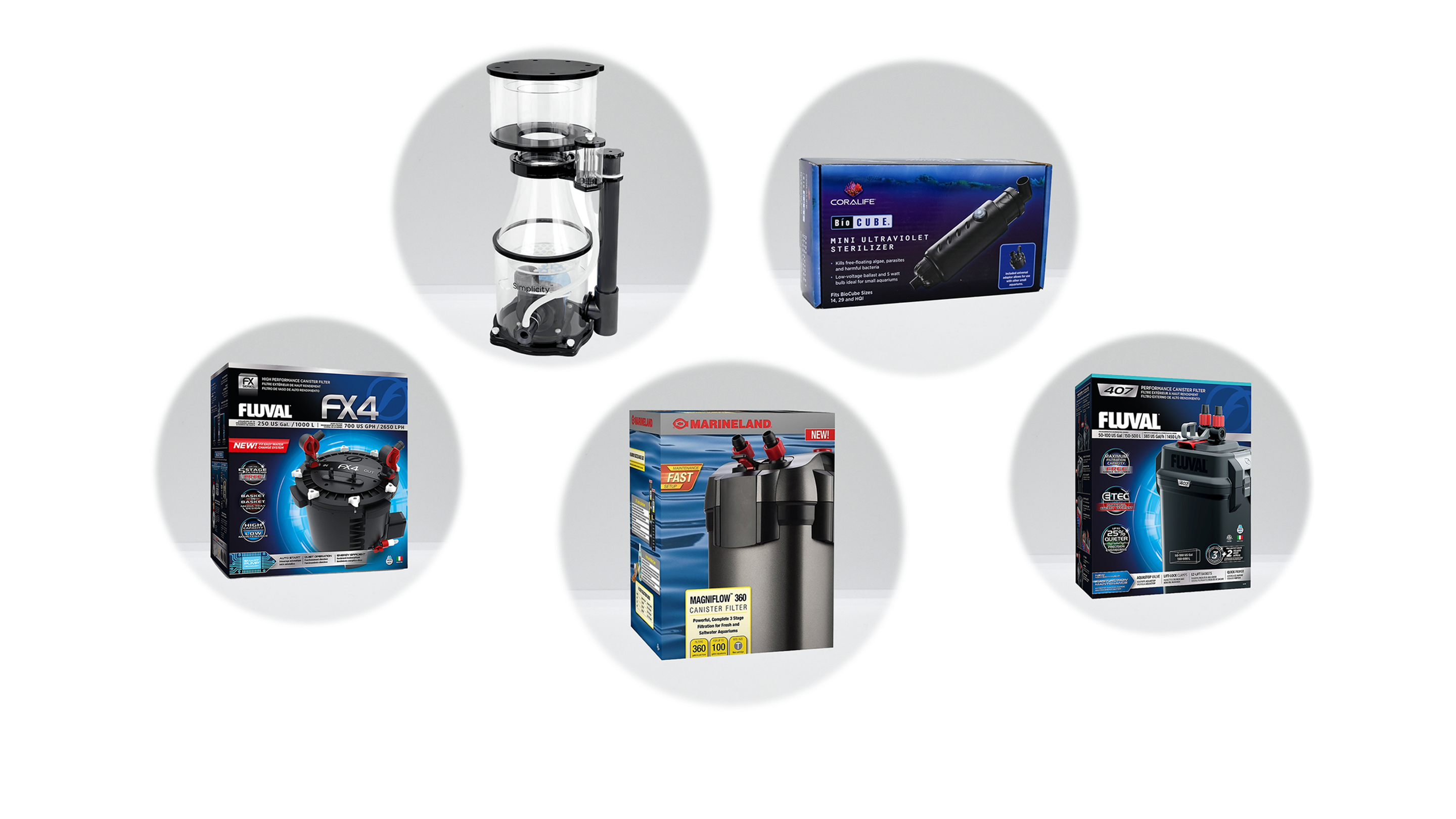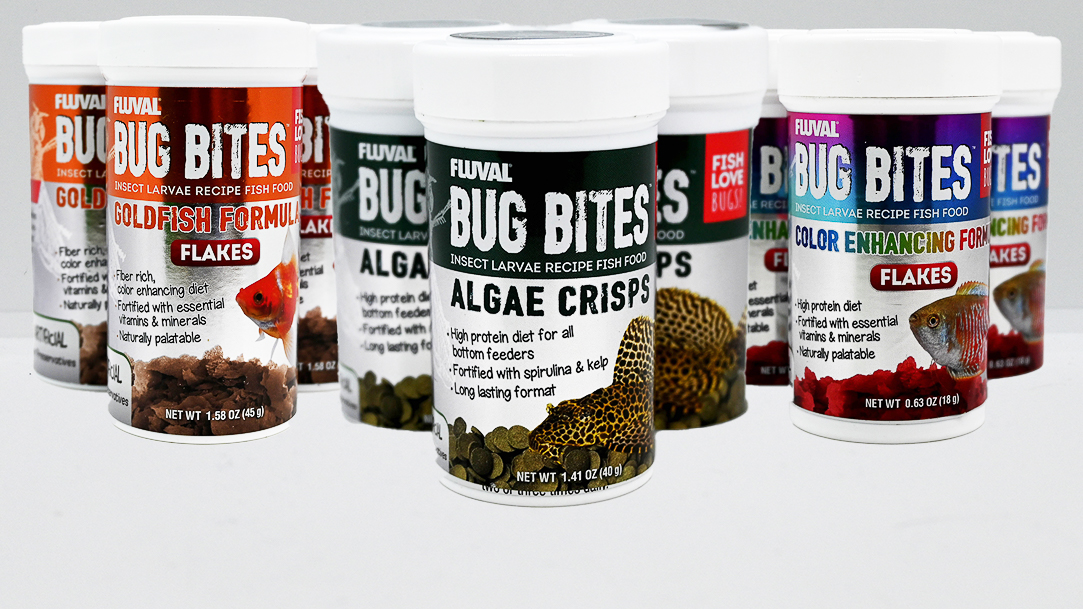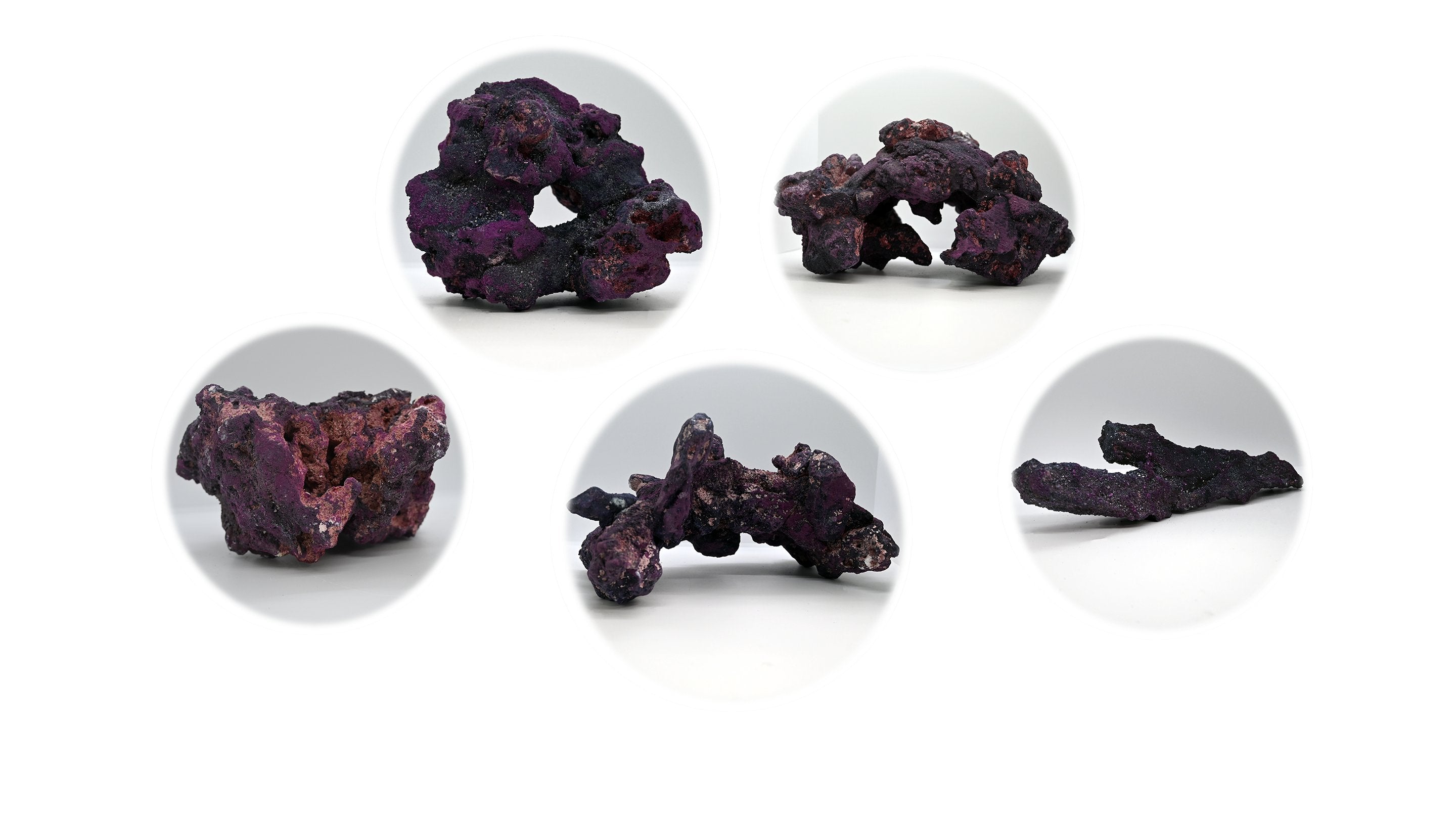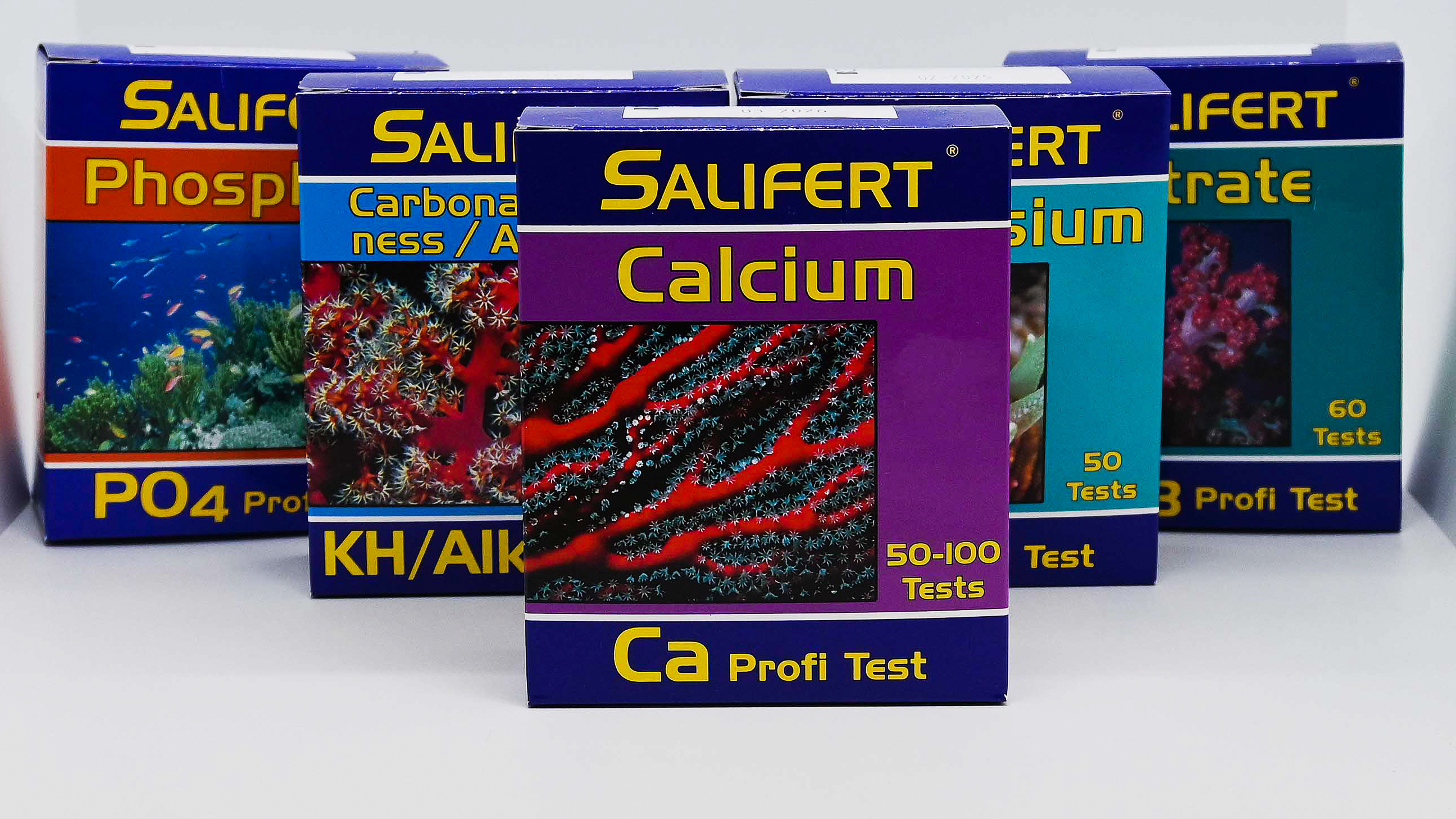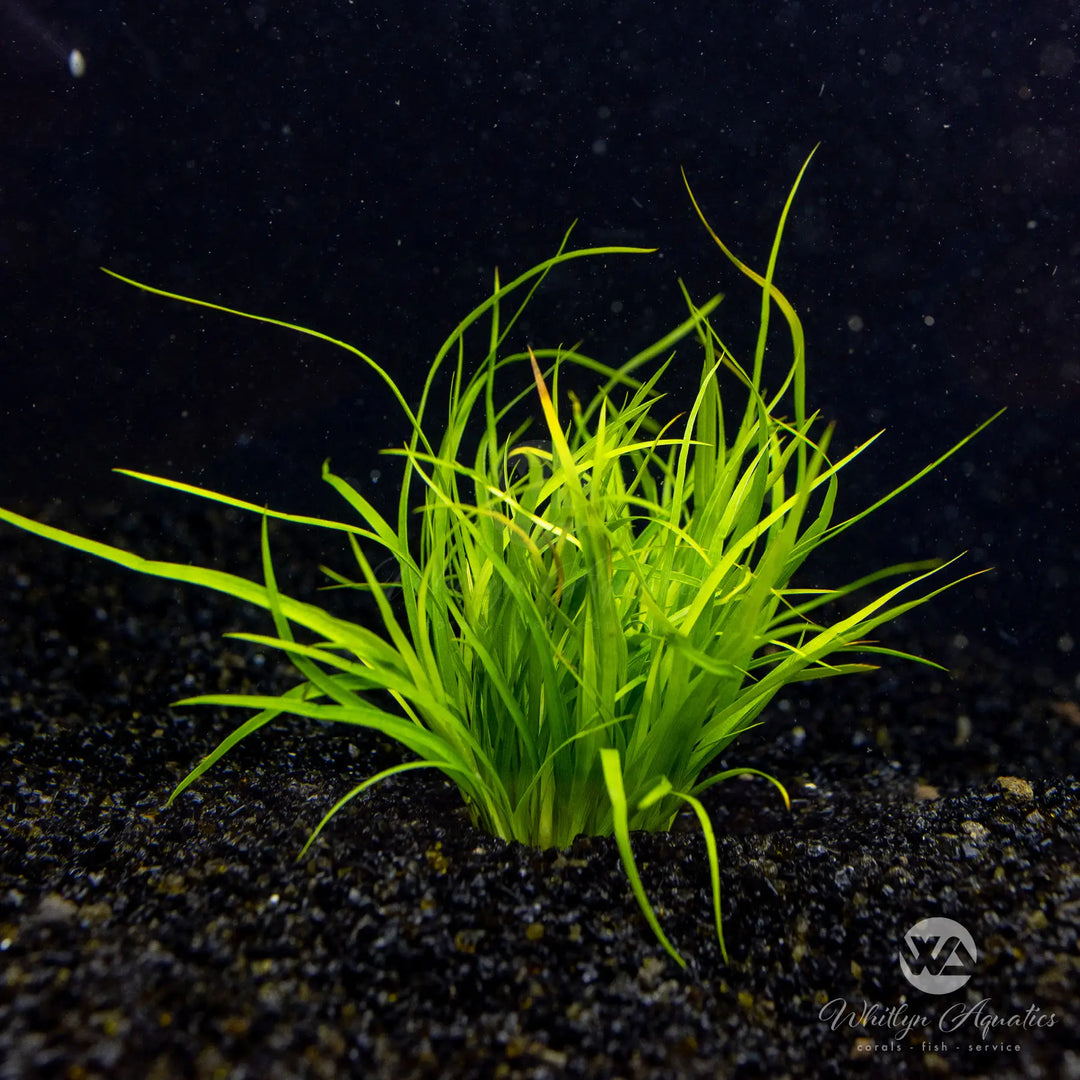
Juncus Repens
- In stock, ready to ship
- Backordered, shipping soon
Juncus Repens is an attractive freshwater plant known for its slender, grass-like stems and dense growth habit. Its unique appearance and ability to thrive in various conditions make it a great choice for aquascaping, providing texture and height to aquatic environments.
Description:
Common Name: Juncus Repens
Scientific Name: Juncus repens
Family: Juncaceae
Size: Can grow up to 12-24 inches (30-60 cm)
Difficulty: Moderate
Native Region:
Juncus Repens is native to wetlands and marshy areas in various parts of the world, including North America and Europe, where it thrives in moist, nutrient-rich soils.
Aquarium Setup:
Tank Size: Suitable for medium to large aquariums
Temperature: 65-78°F (18-26°C)
pH: 6.0-7.5
Lighting: Low to moderate
CO2: Not required but can enhance growth
Substrate: Prefers a nutrient-rich substrate but can adapt to a variety of soil types
Additional Tips:
• Unique Texture: The slender, upright growth adds visual interest and movement to aquascapes.
• Low Maintenance: Juncus Repens is relatively easy to care for and can tolerate varying water conditions.
• Ideal for Marshy Themes: Works well in biotope aquariums or setups designed to mimic natural wetland environments.


